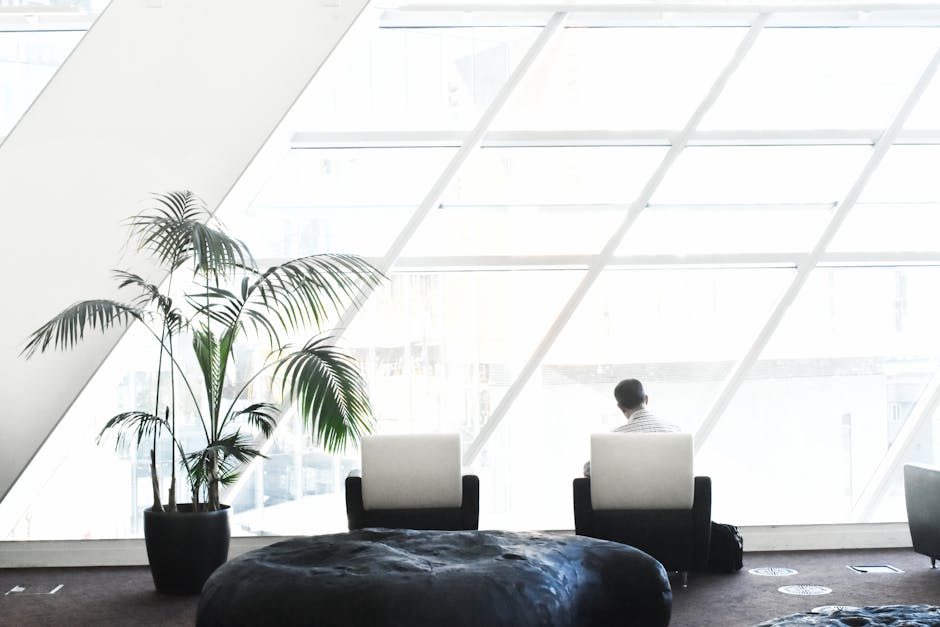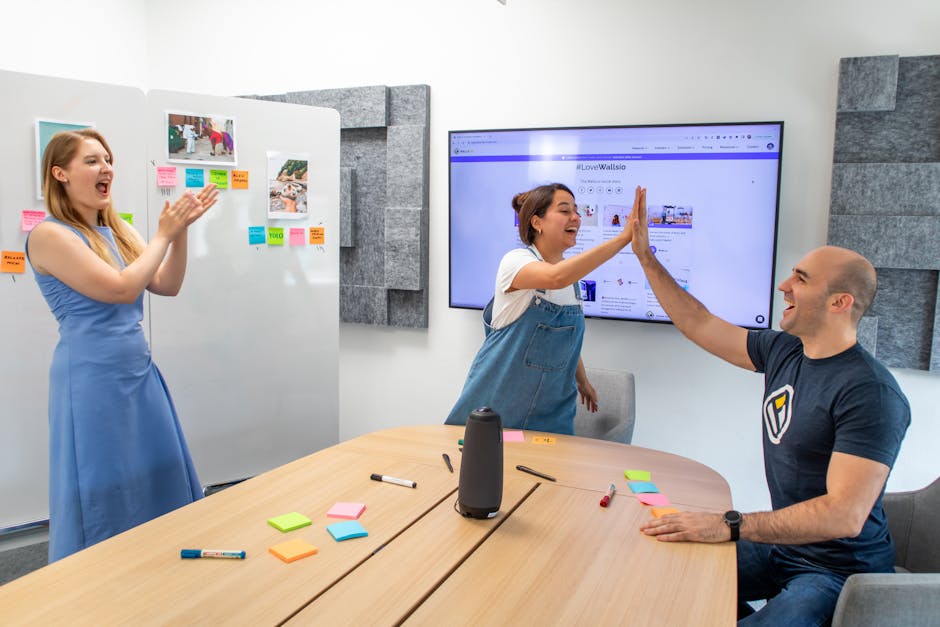10 Best Practices for Implementing Office Hoteling in Your Workplace
“Office hoteling is a flexible workspace strategy that allows employees to reserve workspaces on an as-needed basis. This article explores 10 best practices for implementing office hoteling, including optimizing space utilization, leveraging technology, establishing clear policies, and fostering a collaborative culture. ”

In today's dynamic work environment, office hoteling has emerged as a popular workspace strategy that offers flexibility and cost savings. By allowing employees to reserve workspaces on an as-needed basis, office hoteling optimizes space utilization and supports a more agile workforce. However, implementing office hoteling successfully requires careful planning and adherence to best practices.

1. Assess Your Workspace Needs
Before implementing office hoteling, conduct a thorough assessment of your workspace needs. Analyze employee work patterns, collaboration requirements, and space utilization data to determine the optimal number and configuration of workspaces.
2. Invest in the Right Technology
Leveraging the right technology is crucial for seamless office hoteling. Implement a user-friendly workspace reservation system that allows employees to easily book workspaces, manage their reservations, and locate available spaces.
3. Establish Clear Policies and Guidelines
Develop clear policies and guidelines for office hoteling to ensure a smooth and efficient process. Define reservation rules, cancellation procedures, and workspace etiquette to maintain a fair and organized system.
4. Provide Adequate Amenities and Resources
Ensure that hoteliers have access to the necessary amenities and resources to work effectively. This includes ergonomic furniture, reliable Wi-Fi, power outlets, and any specific equipment or supplies required for their roles.

5. Foster a Collaborative Culture
Office hoteling can promote collaboration by encouraging employees to interact with colleagues from different departments or teams. Create dedicated collaboration spaces and encourage cross-functional teamwork to foster a sense of community and innovation.
6. Prioritize Cleanliness and Hygiene
In the post-pandemic era, maintaining a clean and hygienic workspace is more important than ever. Implement strict cleaning protocols, provide sanitization supplies, and encourage employees to clean their workspaces before and after use.
7. Offer Training and Support
Provide comprehensive training and support to employees to ensure a smooth transition to office hoteling. Educate them on the reservation process, workspace etiquette, and any necessary technology or tools.
8. Monitor and Adjust as Needed
Continuously monitor the effectiveness of your office hoteling system and gather employee feedback to identify areas for improvement. Be open to making adjustments and refinements based on user experiences and changing needs.

9. Communicate Effectively
Clear and timely communication is essential for the success of office hoteling. Keep employees informed about any updates, changes, or best practices related to the hoteling system. Encourage open dialogue and address any concerns promptly.
10. Celebrate Successes and Adapt to Challenges
Celebrate the successes and benefits of office hoteling, such as improved space utilization, enhanced collaboration, and increased employee satisfaction. At the same time, be prepared to adapt to challenges and make necessary adjustments to ensure the long-term success of your hoteling strategy.

By following these best practices, organizations can successfully implement office hoteling and reap the benefits of a more flexible, efficient, and productive workspace. Remember, the key to success lies in careful planning, effective communication, and a commitment to continuous improvement.